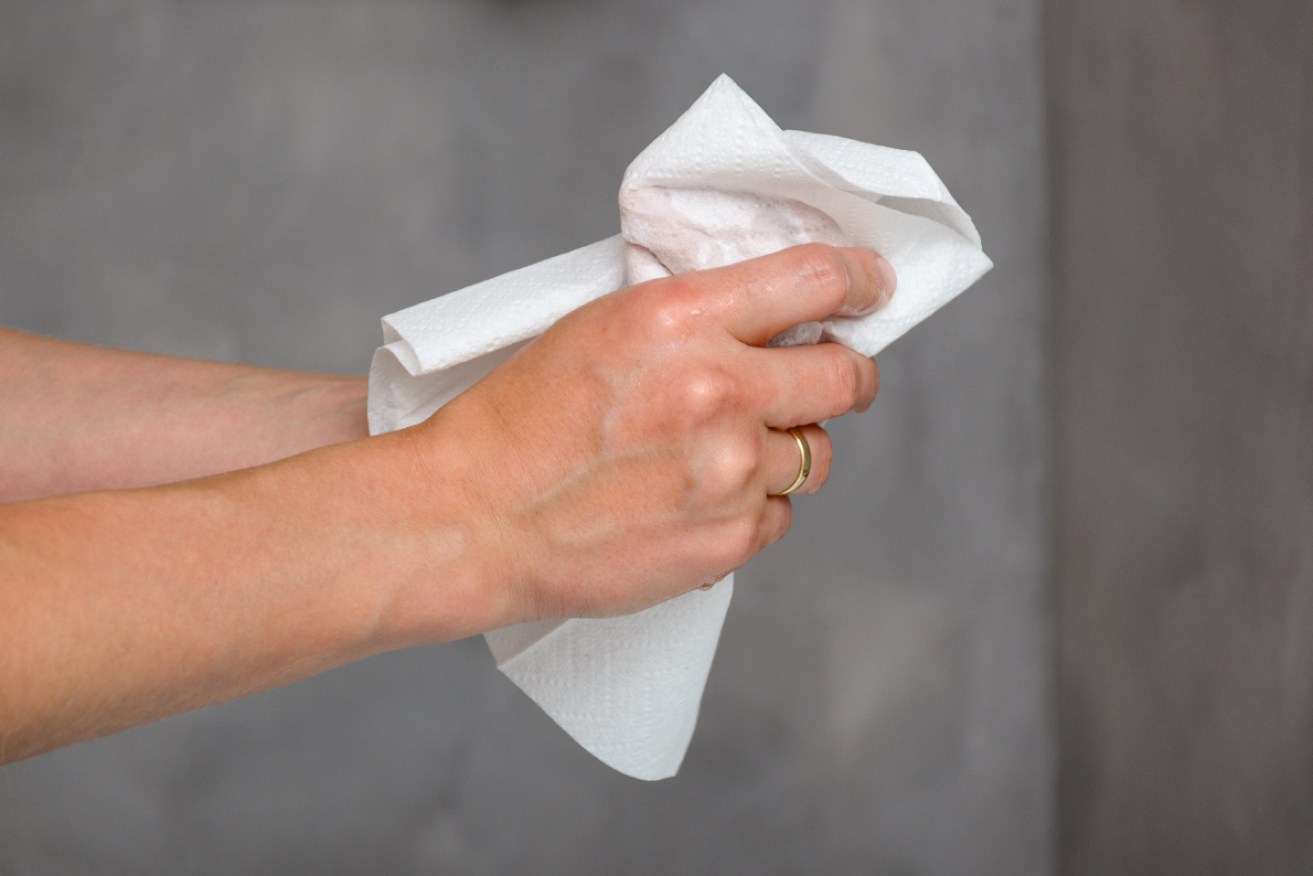Coronavirus-hygiene: How to turn your hands into a germ bomb


For God's sake wash your hands properly in public toilets. Then use a paper towel to dry them. Photo: Getty
Sorry trees, paper towels in public toilets appear to be a necessity, especially for people who forget to wash their hands properly.
According to the World Health Organisation, you’re advised to use a paper towel to turn off the tap. Then another to dry your hands.
What about those purportedly hygienic and environmentally-friendly jet air dryers? Short version: they effectively turn your improperly washed hands into germ bombs.
The science has been clear on this for a while. According to a 2015 study, a quick rub-together under a jet hand dryer can spread some viruses 1300 times more than scrubbing dry with a paper towel.
The study found that jet-air dryers allow viruses to hang around for far longer, too. Air samples were collected from around a jet air dryer, a warm-air dryer and paper towels, 15 minutes after use.
There were 50 times more virus particles in the air around the jet-air dryer than the warm-air dryer, and more than 100 times more than around the paper towels.

Courtesy of NSW Department of Health
New research, from the University of Leeds, investigated whether there are differences in the extent of virus transmission, according to hand-drying method, beyond the pubic toilet to the broader hospital environment.
According to a statement from the European Congress on Clinical Microbiology and Infectious Diseases, the experiment went as follows:
- Four volunteers simulated contamination of their hands using a bacteriophage (a virus that infects bacteria and is harmless to humans)
- Their hands were not washed after contamination, in order to simulate poorly washed hands. Their hands were dried using either paper towels or a jet air dryer.
- Each volunteer wore an apron, to enable measurement of body and clothing contamination during hand drying. Hand drying was performed in a hospital public toilet and, after exiting, samples were collected from public and ward areas.
- Samples were taken from 11 different sites, including doors, stairs handrails, lift buttons, chairs in public and ward areas, phones, buttons on access intercoms to wards, stethoscope tubing, stethoscope head piece and chest piece, the aprons themselves, and armchairs that had been indirectly in contact with the apron.
All surfaces sampled following the use of a jet air dryer showed phage contamination, compared with only six surfaces after paper towel use.
Average surface contamination following hand contact was more than 10 times higher after using a jet air dryer. Viral dispersal to apron and clothing was five-fold higher from a jet air dryer than a paper towel.
The authors conclude: “There are clear differences, according to hand drying method, in the residual microbial contamination of the subject’s hands and body. Crucially, these differences in contamination translate into significantly greater levels of microbe contamination after jet air drying versus paper towel use from hands and body beyond the toilet/washroom.”
They also note their findings have particular importance since there has been a general migration from use of paper towels to hand dryers in many settings and areas of the world.
The New Daily take-away: Given it’s unlikely that paper towels will become focus of public policy, perhaps consumers need to carry their own stash of paper towels. Mostly though, wash your hands properly in the first place.








